
Fatal IR Wreck Raises Serious Safety Questions
Written by Srinand Jha, Correspondent, International Railway Journal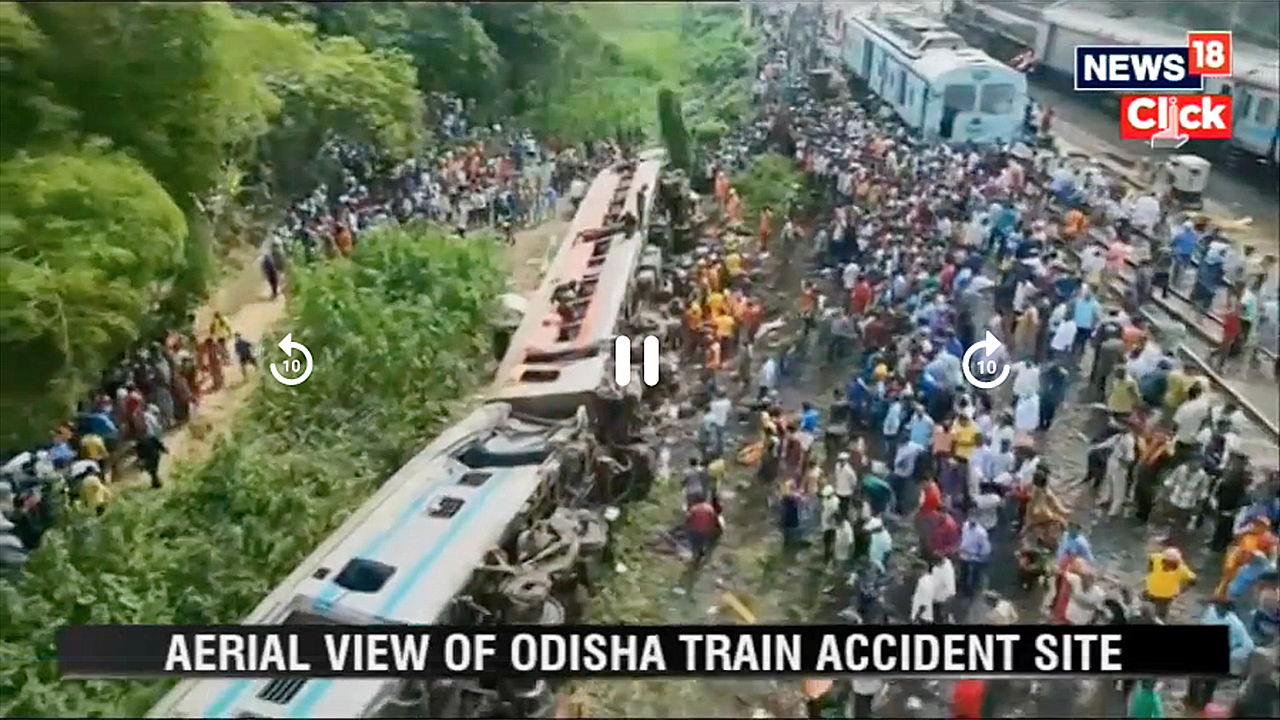
Srinand Jha assesses the initial fallout from the devastating accident in eastern India on June 3, which left more than 300 people dead, and raised numerous questions over the safety of India’s railways.
The ghastly accident near Balasore in India’s Odisha State on June 3 involving two express passenger trains and a freight train appears to have acted as a brutal reality check for Indian Railways (IR) over the safety of its 186-year-old railway network.
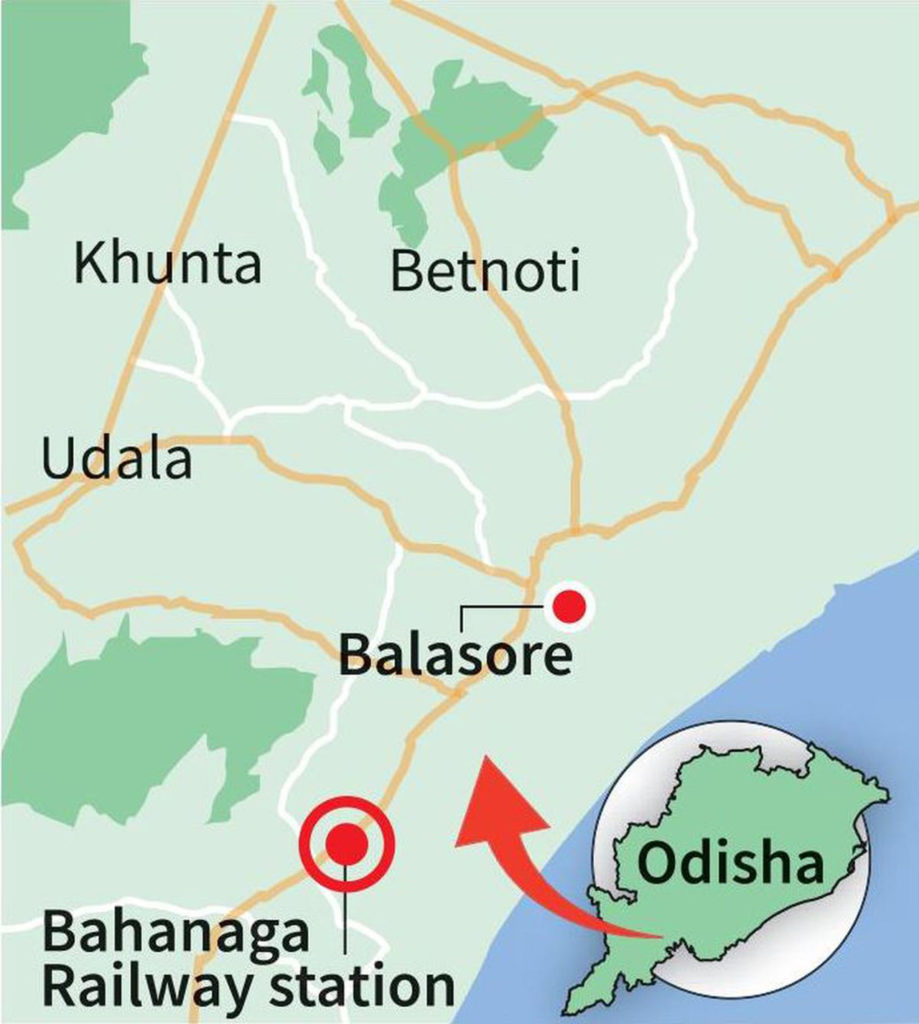
In what is India’s worst rail accident for two decades, more than 300 passengers are reported to have been killed and more than 1,000 injured when the Coromandel Express train was diverted into a passing siding and ran into the rear of a stationary iron-ore freight train. This caused several coaches to derail, coming to rest on the adjacent main line where within minutes they were struck by a Yashwantpur -Howrah express train travelling in the opposite direction.
“The root cause of the train accident has been identified and persons responsible for it have also been identified,” said Railway Minister Ashwani Vaishnaw, who hinted at the possibility of a signaling issue as well as “criminal tampering.”
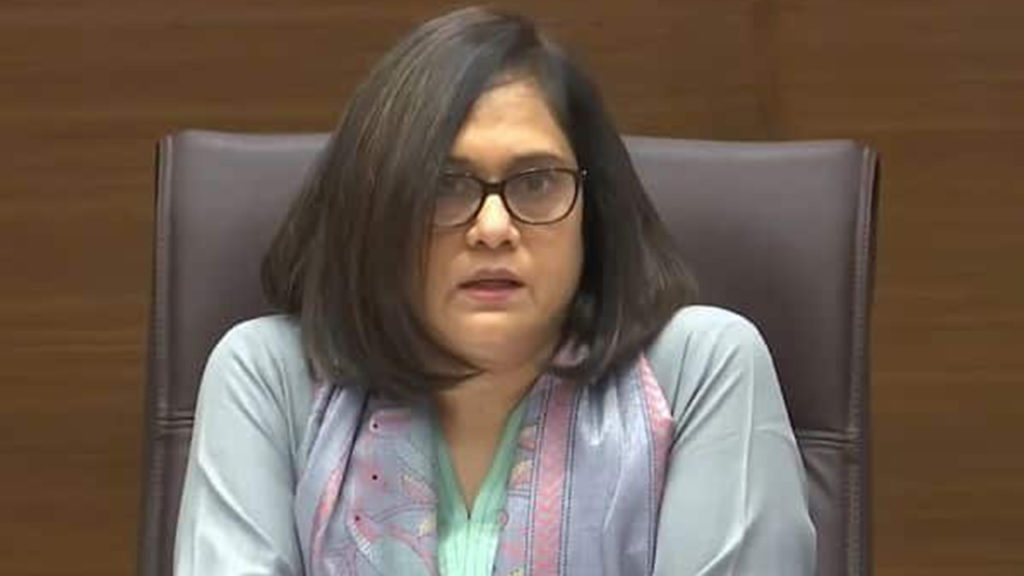
At a press conference on June 4, Jaya Varma Sinha, IR board member for operations and business development, said both passenger trains had approached Balasore under green signals at 79 mph, just below the line speed of 80 mph. Varma Sinha said there was “no issue with the electronic interlocking system. Whether it was manual, whether it was incidental, whether it was weather-related, whether it was because of wear and tear, whether it was a maintenance failure, all that will come out after the inquiry.”
The Office of the Commissioner of Railway Safety (CRS) has been entrusted with investigating the accident. “In case the CRS inquiry reveals that the accident happened because of callous attitude, officials above the level of the station staff will also be held accountable,” Ministry sources indicated.
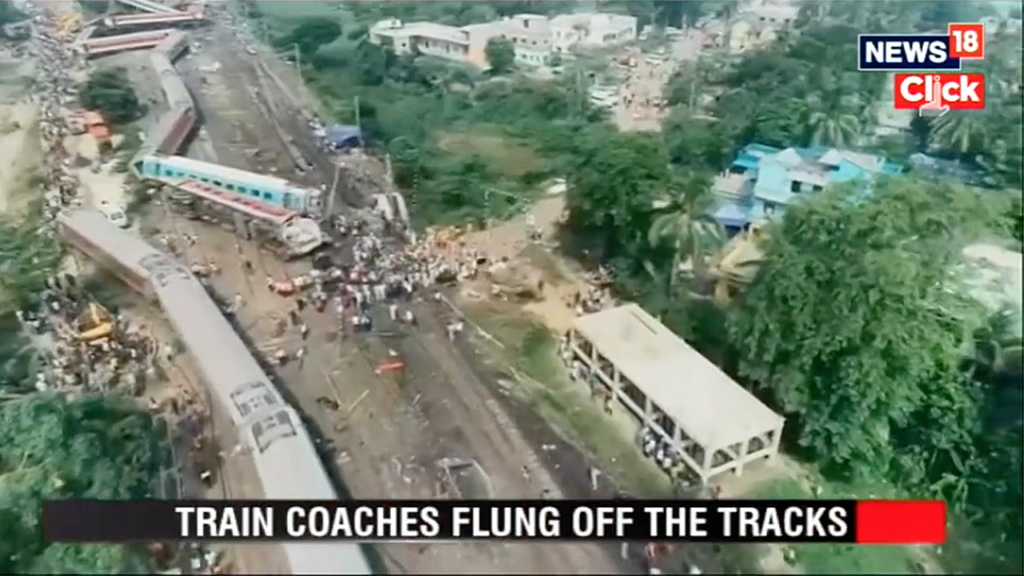
While it is unlikely that India’s Kavach signaling system—a domestically developed version of ETCS Level 2—could have helped prevent the Balasore crash, the accident has refocused attention on delays to installing automatic train protection (ATP) on the IR network.
Of IR’s 42,187-route-mile network, only about 1,800 miles are covered by anti-collision systems. Indeed, installation of ATP—which has undergone several name changes over the years—has moved forward slowly and laboriously.
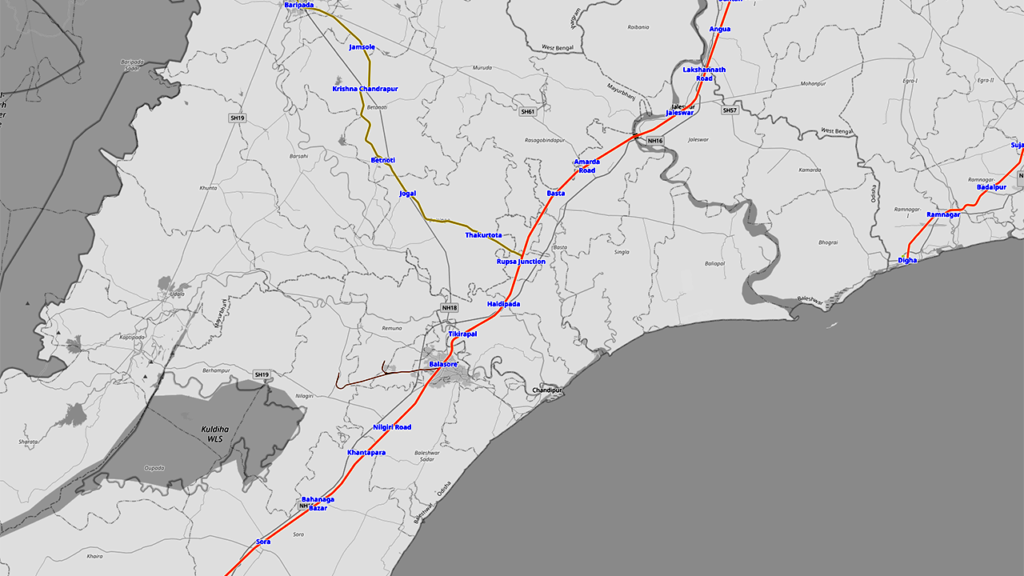
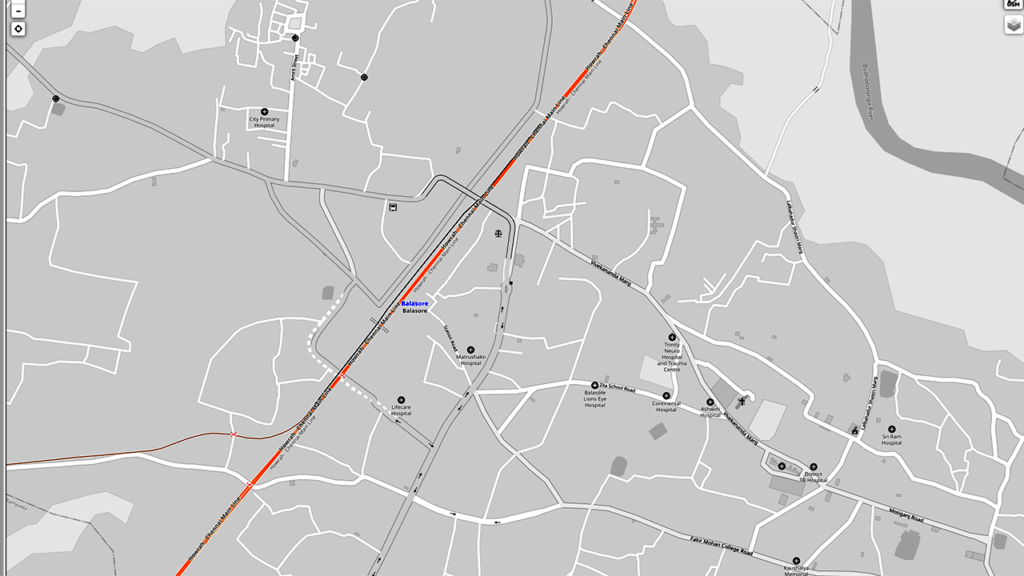
ETCS Level 2 installation has essentially been abandoned after initial contracts were awarded to equip sections of the Chennai and Kolkata suburban networks, and the Delhi-Agra section of the main line network. In the 1980s, IR installed the Auxiliary Warning System on the Mumbai suburban network, but has failed to introduce a suitable ATP system similar to those in use in other countries.
The Kavach system is a pet project of India Prime Minister Narendra Modi but is in service on only 930 route-miles of the South-Central Railway. IR has awarded contracts for the installation of Kavach on the Delhi-Mumbai and Delhi-Howrah routes, but the project remains in its infancy.
IR carries 14 million passengers each day and hauled 1.5 billion tons of freight in 2022, and is currently undergoing a US$30 billion transformation plan. It is implementing major investment projects including station redevelopment, the rollout of the Vande Bharat EMU and the procurement of powerful modern freight locomotives as well as a new passenger coach fleet. This has led some to accuse IR of taking its eye off the ball.
“Amidst all this, the required focus on maintenance issues including track, signaling and infrastructure upgrades has gone missing,” said former IR official Alok Kumar Varma.
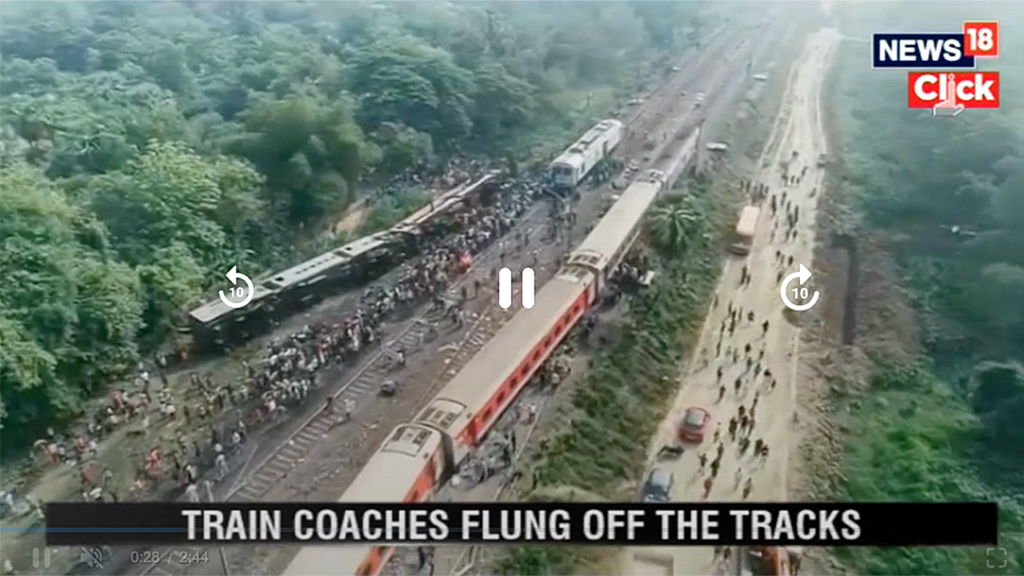
“The majority of routes are now over-saturated,” added former IR official Sudhanshu Mani. “And because of the stress of running more and more trains on already congested tracks, the time available for conducting routine maintenance activity has been shrinking. This problem needs to be urgently addressed.”
Meanwhile, work is continuing to restore the right-of-way at Balasore where the accident occurred. Accident debris has now been mostly cleared from the site and work is under way to restore track and catenary. The first freight train operated through the area on June 5 and IR expects to resume passenger services within the next few days.



